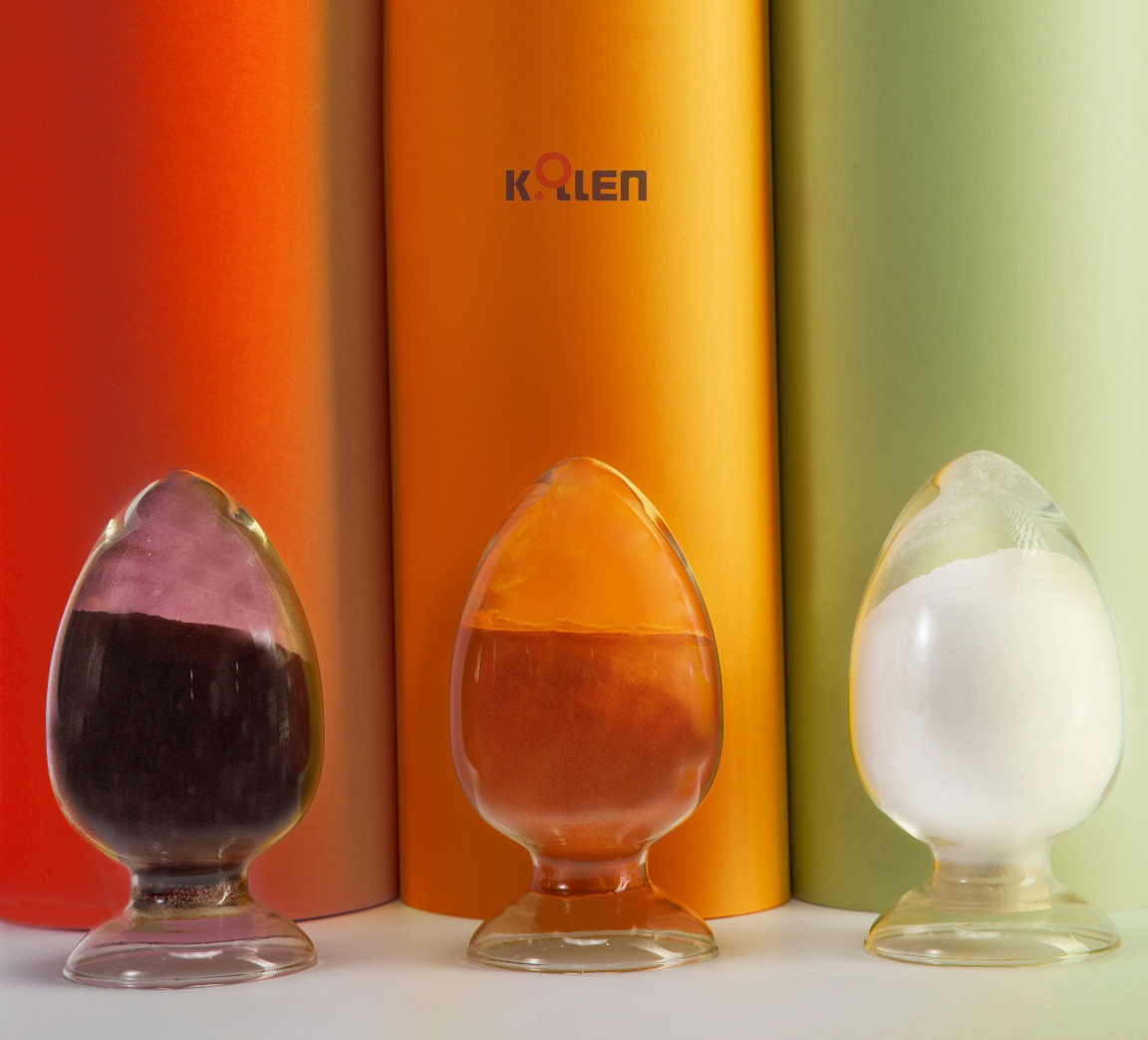For high-yielding ewes, sometimes the number of litters per litter exceeds the number of ewes in the female ewes. If improperly reared and poorly managed, some of the weaker lambs will eat less than milk and starve to death. Even the entire litter of lambs has died. In order to increase the survival rate of the ewes and the productive lambs of the ewes, and to increase the economic benefits of the mutton sheep, the sheep farmers and sheep farms may adopt the following feeding methods.
1. The Lamb's foster ewes produce a single lamb with multiple births (or the ewes' accidental death after birth). A litter of lambs with a large number of litters can be distributed to foster ewes with few litters. In order to ensure the success of fostering, it is generally required that the date of delivery of the two ewe be within 3-5 days, and the individual weights of the two litter lambs are not very different. In addition, the ewe's sense of smell is sensitive. To avoid ewe smelling the odor of the foster lamb, breastfeeding is generally encouraged. At the same time, the lambs are promoted at night. Before the fostering, the two litter lambs are sprayed with the same odor or alcohol. Or smear the milk and urine of the foster ewes, and then put the two litter lambs together for 30-60 minutes so that the foster ewes can not distinguish between true and false, thus achieving the purpose of fostering.
2. Lamb breast-feeding and nursing lambs in batches, exceeding the number of teats of ewes, can divide the lambs into two groups and take turns to breastfeed. When batch feeding methods are used, feeding and management of nursing ewes must be strengthened to ensure that the ewes have a moderate level of nutrition, so that the ewes have sufficient milk to feed the lambs. For grouped lambs, they should be reasonably distributed according to size, strength, and strength. At the same time, they should do early work on sucking lambs for suckling lambs to reduce the suckling burden of the ewes as much as possible, and ensure the balanced development of the whole lamb.
3, feeding artificial milk for the ewes a litter number of lambs and lack of milk after ewes lambing, should try to ensure that the lamb to eat on the premise of the primary milk, the short-term feeding solution can usually use two into a milk, a Into sugar, add 70% water dilute, boiled and then cooled to about 37 °C instead of goat milk to the lamb supplement; can also use rice soup plus sugar or milk and sugar instead of goat milk feeding lamb. For young lambs of young age and weak constitution, the artificial milk can be fed directly to the bottle in the short term. If more lambs need to be fed artificial milk, artificial training should be performed for the lambs to suck artificial milk. General training The method of sucking artificial milk by the lamb is: put the prepared artificial milk in the small milk basin (the height of the basin is 8-10 cm), and use a clean finger to replace the teat to contact the milking surface to educate the lamb on the water surface, generally after 2-3 days of training. The lamb will feed itself in the milk pot. The artificial milk prepared by the above methods is not comprehensive in nutrition, and is only suitable for short-term use when a few lambs or ewes lack milk. If there is a large number of lambs that are artificially fed and the feeding time is long, a scientific artificial milk formula should be used to ensure the normal growth and development of the lambs. 20 days after the birth of the lamb can be used 50% wheat flour, fried soybean powder 17%, skim milk powder 10%, yeast 4%, sugar 4.5%, calcium powder 1.5%, salt 0.5%, trace element additive 0.5% (the formula can refer As follows: 0.8 grams of copper sulfate, 2 grams of zinc sulfate, 0.8 grams of potassium iodide, 0.4 grams of manganese sulfate, 2 grams of ferrous sulfate, 1.2 grams of cobalt chloride), 1-2 drops of cod liver oil, add 5-8 times of fresh water, stir, boil After cooling to 37 °C or so instead of milk feeding lambs. After 20 days of age, the lamb can use 35% of corn flour, 25% of wheat flour, 15% of bean cake powder, 12% of fish meal, 7% of wheat bran, 3% of yeast, 2% of calcium powder, 0.5% of salt, and 0.5% of trace element additive. Add water and stir to feed lambs. Add more water to the lambs, and slowly transition to feed lambs.
Mixed Colorants is a food colorant additive to make food look more delicious. The Mixing Food Coloring we produced is easy to handle and can be applied to many kinds of products, such as sauce, brine, tomato paste, etc. The products' high purity will be significantly improved in the coloration of food.
If you want to know more about the products please click the product details to view parameters, pictures and other information about Mixed Colorants. Whatever you are a group or individual, we will do our best to provide you with accurate and comprehensive message about products.

Mixed Colorants
Mixed Colorants,Special Pigment,Mixing Food Coloring
Guangdong Kelong Biotechnology Co., Ltd. , https://www.kelongfood.com